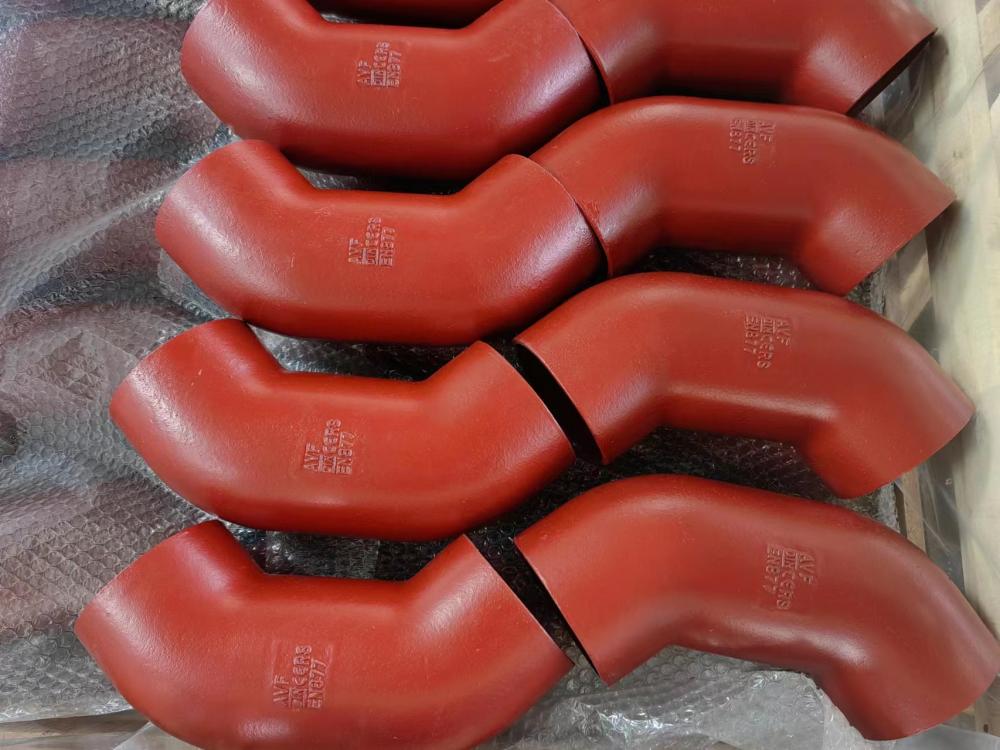
Privacy statement: Your privacy is very important to Us. Our company promises not to disclose your personal information to any external company with out your explicit permission.
The Features of Cast Iron Fitting
Cast Iron Fittings are an essential component of plumbing systems, providing a reliable and durable solution for connecting and directing the flow of fluids in residential, commercial, and industrial applications. In this essay, we will explore the definition and features of cast iron fittings, including their types, manufacturing processes, advantages, and their use in different plumbing systems. We will also discuss the importance of proper installation techniques and maintenance practices to ensure the optimal performance and longevity of cast iron fittings.
Definition of Cast Iron Fittings:
Cast iron fittings are plumbing components made from cast iron, a strong and durable material primarily composed of iron and carbon. These fittings are used to connect and control the flow of fluids in plumbing systems, providing a leak-proof and secure connection between different pipes and fixtures.
Features of Cast Iron Fittings:
Cast iron fittings offer a range of features that make them a popular choice in plumbing systems:
Strength and Durability: Cast iron fittings are known for their exceptional strength and durability. They can withstand high pressure and heavy loads without cracking or breaking, making them suitable for demanding applications.
Corrosion Resistance: Cast iron fittings have excellent corrosion resistance, making them resistant to the effects of rust and degradation caused by contact with water and chemicals. This ensures the longevity of the fittings and minimizes the risk of leaks or failures.

Noise Reduction: Cast iron fittings have a dense structure that helps dampen the noise created by flowing fluids. This feature is particularly beneficial in residential and commercial buildings, where noise reduction is essential for occupant comfort.
Fire Resistance: Cast iron fittings have excellent fire resistance properties. They do not contribute to the spread of fire and can withstand high temperatures, making them a safe choice in fire protection systems.
Environmental Sustainability: Cast iron fittings are made from natural materials, such as iron ore and recycled scrap iron. They are recyclable at the end of their lifespan, reducing the demand for new raw materials and minimizing waste.
Types of Cast Iron Fittings:
Cast iron fittings come in various types, each designed for specific applications and connection purposes. The most common types of cast iron fittings include:
Elbows: Elbows are fittings that allow for a change in the direction of the fluid flow. They are available in various angles, such as 45 degrees and 90 degrees, to accommodate different plumbing layouts.
Tees: Tees are fittings that have a T-shaped design, allowing for the connection of three pipes. They are commonly used to branch off a main supply line or to connect multiple lines together.
Reducers: Reducers are fittings used to connect pipes of different sizes. They have a larger diameter on one end and a smaller diameter on the other, allowing for a smooth transition between pipe sizes.
Couplings: Couplings are fittings used to join two pipes together. They are typically used in straight sections of pipe and offer a secure and leak-free connection.
Crosses: Crosses are fittings that allow for the connection of four pipes in an across configuration. They are commonly used in complex plumbing systems where multiple lines need to be connected.

Manufacturing Processes of Cast Iron Fittings:
Cast iron fittings are manufactured using various processes, including:
Sand Casting: Sand casting is the most common method used to produce cast iron fittings. In this process, a mold is created by packing sand around a pattern of the desired fitting shape. Molten cast iron is then poured into the mold, allowed to cool, and the sand is removed to reveal the finished fitting.
Centrifugal Casting: Centrifugal casting is used to produce larger and more complex cast iron fittings. In this process, molten cast iron is poured into a spinning mold, creating a centrifugal force that distributes the iron evenly, resulting in a dense and uniform product.
Continuous Casting: Continuous casting is a modern method used to produce cast iron fittings with high precision and efficiency. In this process, molten cast iron is poured into a continuous mold, allowing for the production of long lengths of fittings.
LET'S GET IN TOUCH

Privacy statement: Your privacy is very important to Us. Our company promises not to disclose your personal information to any external company with out your explicit permission.

Fill in more information so that we can get in touch with you faster
Privacy statement: Your privacy is very important to Us. Our company promises not to disclose your personal information to any external company with out your explicit permission.